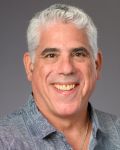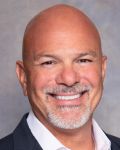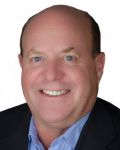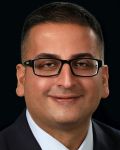
The Insurance Business Hall of Fame
Jump to winners | Jump to methodology
Standing the test of time
The 2024 inductees to Insurance Business America’s Hall of Fame, the eighth annual edition, have seen it all, with the most experienced member beginning their career back in 1965, when fax machines were cutting-edge tech and the term ‘big data’ had yet to be created.
All inductees were selected by an independent advisory panel of industry leaders and previous honorees. As well as having spent over 35 years in the industry, they are recognized for visionary strategies and innovations that have made an outstanding contribution.
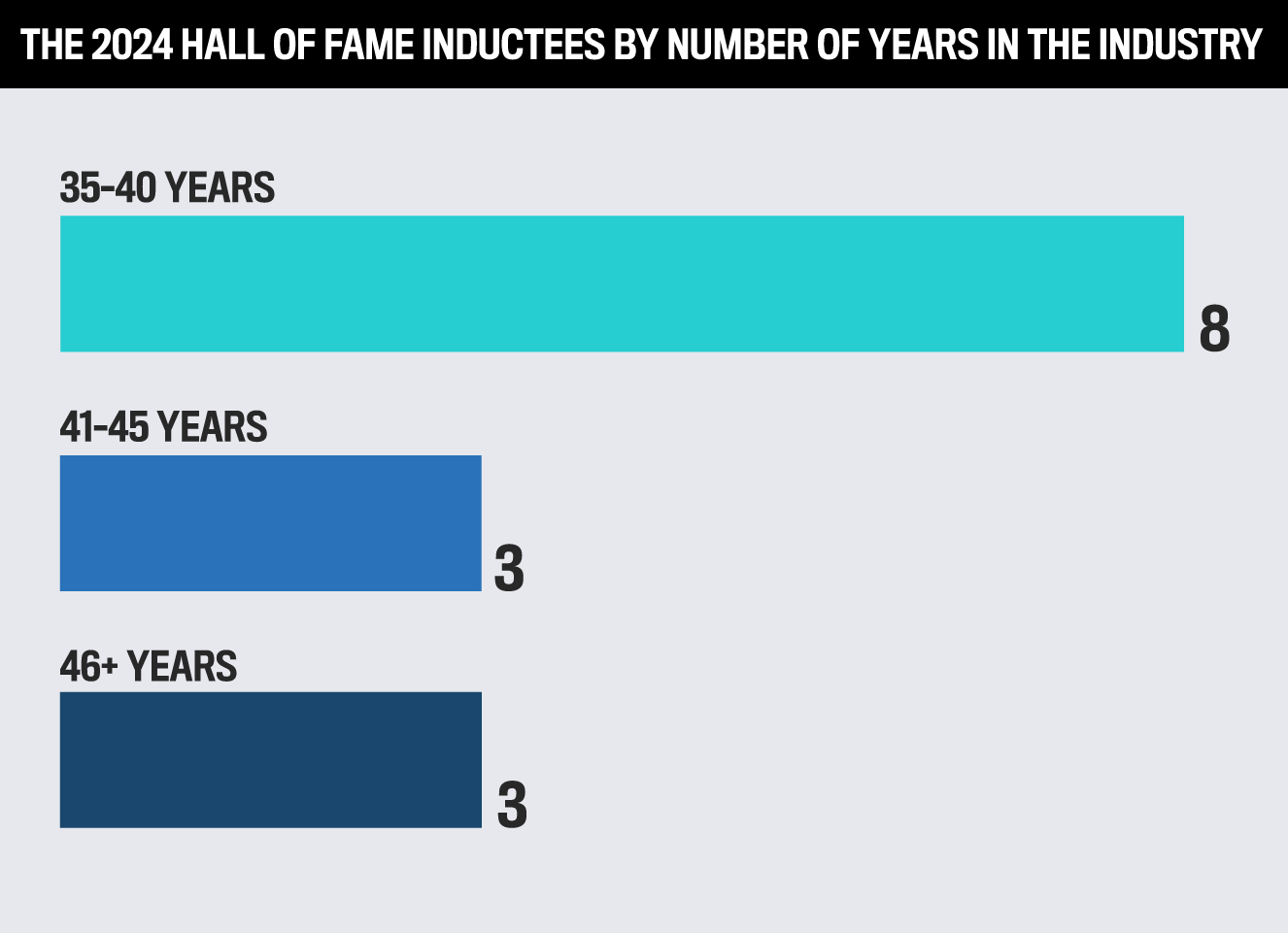
Robert Cohen, a member of the judging panel and chairman/CEO of IMA Financial Group, looked for sustained performance over time.
“The winners stood out because of their ability to enact true effective change that was transformational,” he says.
All of those being honored have witnessed the industry’s transformation and a series of momentous events. For example, in the 1980s, the National Association of Insurance Commissioners (NAIC) created several model reforms for state insurance regulation, including risk-based capital requirements.
There has also been the increased impact of climate change, with a 2005 study by Ceres showing “US catastrophic losses have grown 10 times faster than premiums since 1971” in addition to the US federal government paying more than $51 billion in claims under the National Flood Insurance Program between 1978 and 2014.
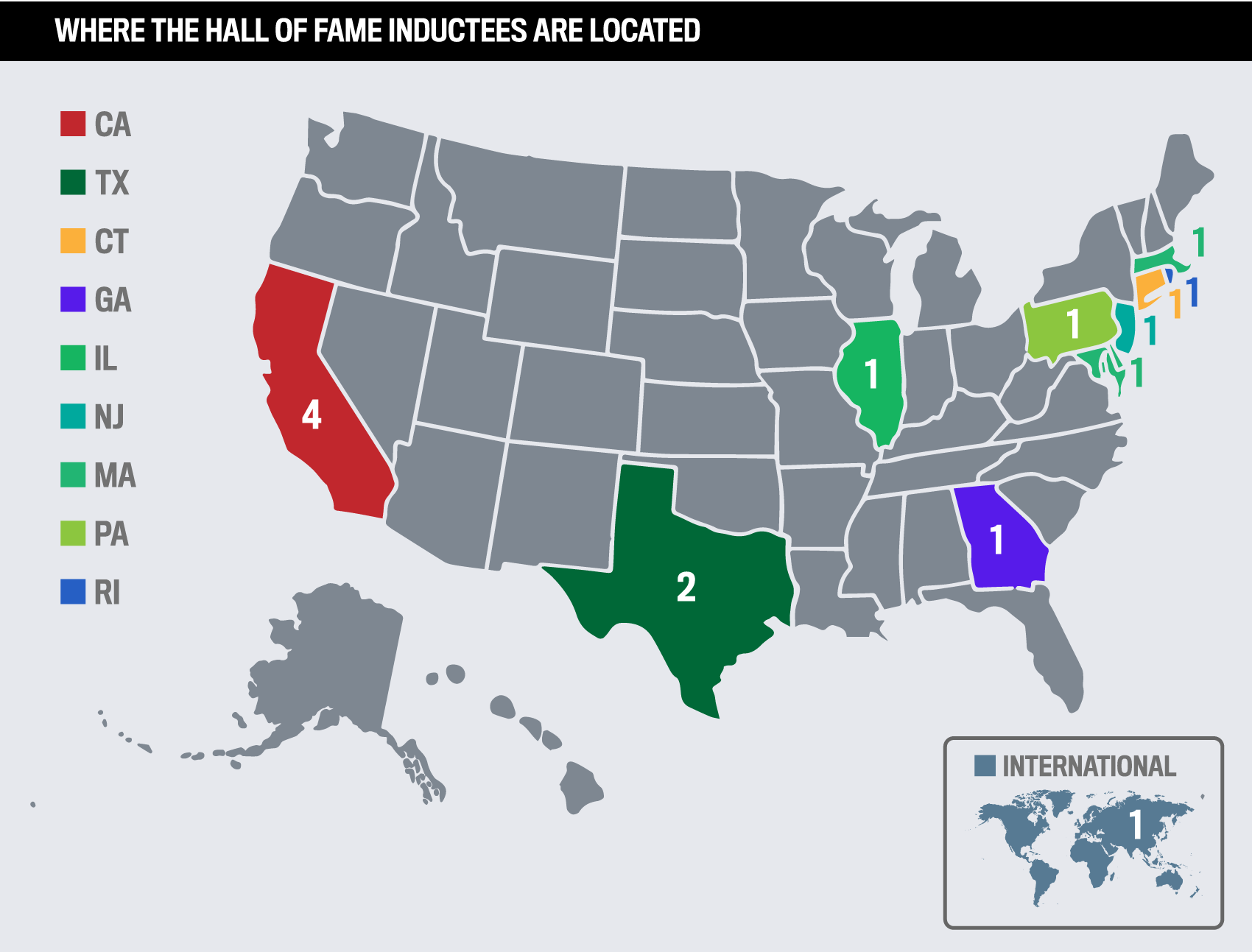
The Hall of Fame inductees saw Montana in 1985 become the first state to forbid gender-based discrimination in the setting of insurance rates. They also worked through the World Trade Center attack, which had an estimated $47 billion in insured losses and prompted the Terrorism Risk Insurance Act of 2002.
More recently, they’ve weathered the fallout of COVID-19, the huge Hawaii fire of 2023, and even this year’s bridge collapse on the Patapsco River.
Another judge, Akhil Chopra, managing director and cyber brokerage leader at Lockton, says, “Staying in one industry for over 35 years is an amazing fact and a sign of commitment.”
Underscoring this, 42 percent of 2024’s class are over 41 years in the industry.
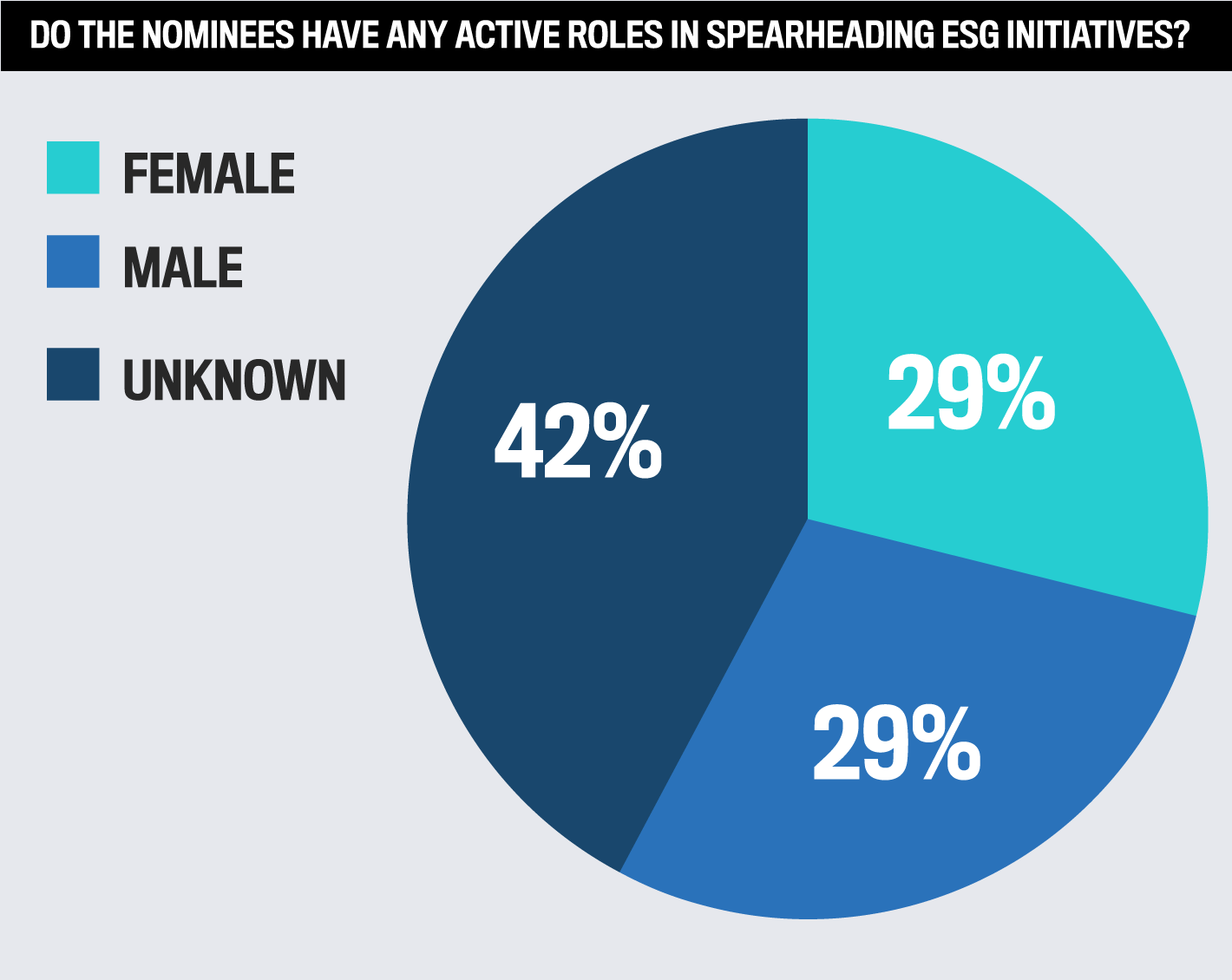
Even more impressive, Zippia estimates that there are 179,738 sales agents employed in the US in 2024, with an average age of 46, meaning some honorees have worked in the industry longer than a typical agent has been alive.
While Podium reveals that 30 percent of new agents left the profession within the first 90 days in 2023, those who stay the course show remarkable resilience.
The 2024 Hall of Fame inductees’ achievements
Rob Blasio
Managing director of GB Specialty at Gallagher Bassett
Years in the industry: 47
Graduating with honors from The George Washington University Law School in Chicago in 1984, the Massachusetts native was as a litigation attorney representing physicians and hospitals in professional negligence matters and defending insurers in coverage disputes.
In 1992, he was approached by Will Galtney to move to Houston and become general counsel for his privately owned insurance holding company specializing in healthcare professional liability.
“I owe my career in insurance to him. He saw something in me that I didn’t see as a young lawyer,” says Blasio.
Two years later, Blasio identified an opportunity in the healthcare sector and founded Western Litigation, a subsidiary of the Galtney Group, which became an industry leader in claims and risk management in the professional liability insurance industry and was acquired by Gallagher Bassett in 2001.

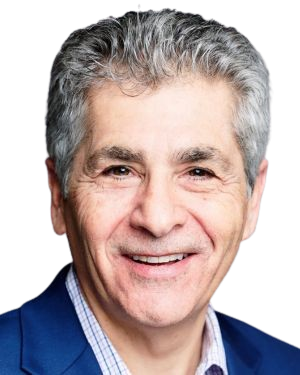
Robert BlasioGallagher Bassett
Blasio was CEO of GB’s Western Litigation unit until 2019, when it rebranded to GB Specialty, which operates in specialized lines of coverage.
“Ultimately, we started Gallagher Bassett Specialty, which I now run, and is all the specialty lines. Obviously, it includes healthcare, which is still our single biggest driver but also product liability, life sciences, cyber, and all lines of professional liability,” Blasio explains.
Sharing his evaluation, Shulamith Klein, vice president, insurance of Emory Healthcare, says, “Rob is an inspirational role model for both his peers, as well as the next generation. He is relentless in pursuing effective and workable solutions to protect the interests of those he represents. Rob is a visionary – strategizing for the big picture [and delving] into the nitty-gritty when called for. As a client, I appreciate this multidimensional aspect.”
David Lupica
President of Westchester, a Chubb Company
Years in the industry: 38
Under his stewardship Westchester has become Chubb Group’s over $4-billion GWP North America wholesale E&S division, accelerating from $2.5 million GWP in a four-year period.
Lupica has executive operating responsibility across all segments: Brokerage, Digital, Middle Market, Programs, and Healthy Paws, a direct-to-consumer digital offering.
Prior to his current role, he was chief operating officer for Westchester, with responsibility for operations and distribution strategy after joining in 2000, when it was ACE, as executive vice president of the professional risk division. He was promoted to division president for Westchester Professional Lines, followed by his next role as division president of Commercial Risk Services, leading the small business division.

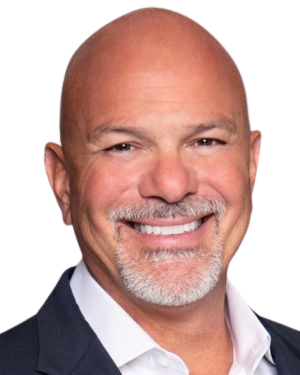
David LupicaWestchester, A Chubb Company
Earlier in his career, Lupica served as worldwide product line manager, responsible for the financial services operations of Starr Excess Liability Company of Bermuda, where he was promoted to president. He also served as senior vice president for Alexander & Alexander (now AON), heading up the Insurance Company Practice, and as senior vice president for Alexander & Alexander’s Financial Services Group.
He says, “I am a student of the business and over the course of my career, I’ve looked for opportunities that would allow me to learn something new: leadership, a new market, a new side of the business, a different line, etc.”
Sam Fleet
Senior advisor, Amwins Group Benefits
Years in the industry: 39
Founding and taking National Employee Benefit Companies (NEBCO) from a small regional organization to one of the most noteworthy third-party insurance administrators enabled Fleet to make his mark. He pioneered a groundbreaking online platform providing a custom-branded website to each client and spearheaded the creation of one of the nation’s first Employer Group Waiver Plans (EGWP), focused on providing prescription drugs to retirees while shifting balance-sheet liabilities away from employers.
NEBCO was acquired by Amwins in 2000 and under Fleet’s guidance, its Group Benefits division has grown by developing, underwriting, distributing, and administering niche solutions for clients across the country.
“Sam Fleet’s leadership and vision were key to building our wholesale Group Benefits operation. Amwins was the first global wholesaler to build out specialty benefit capabilities and has the largest, most diversified platform,” says Scott Purviance, CEO of Amwins.

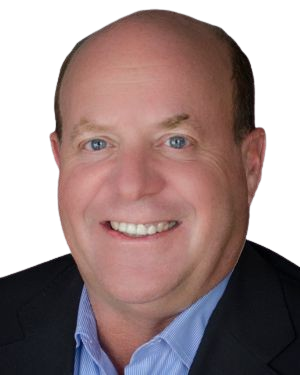
Sam FleetAmwins Group Benefits
Fleet has emerged as one of the industry’s thought leaders on topics including self-funding and healthcare reform. He was immersed in the details of healthcare reform for the federal Patient Protection and Affordable Care Act, including the bill’s journey through Congress.
Fleet tracked the issues, exposed shortcomings, lobbied for improvements and joined with other industry leaders to shape the outcome, understand the consequences, and explore opportunities to serve employers who provide healthcare coverage for their workers.
In August 2024, Riva Dumeny succeeded Fleet as president of Amwins Group Benefits as he moved into a senior advisory role for two years following his decision to retire.
“It was a sad day because it was my baby, and I started it from scratch. But at dinner that night, everybody came up to me, gave me a hug and thanked me for changing their and their families’ lives. It was unbelievable,” Fleet says.
Caryn Siebert
Vice president of carrier practice and national director of carrier engagement at Gallagher Bassett
Years in the industry: 39
The tragic events of 9/11 changed the course of this Hall of Famer’s career as it led to her being offered the role as chief claim officer at an insurance firm in Seattle. After making an impression, Siebert landed the job as president of a small TPA Carl Warren & Company in California before it was sold and joined Gallagher in 2017.
That experience capped a colorful rise beginning with the intention to become a veterinarian, and then shifting her focus after passing out several times. What followed was a stint working for a local assemblyman in Brooklyn on pothole and refuse complaints.
Graduating from New York Law School in 1985, Siebert’s career began with significant roles in claims and litigation management at Knight Insurance, Safeco, and GE Capital, eventually leading to her presidency at Carl Warren & Company in 2004.

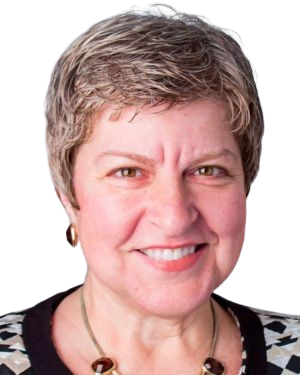
Caryn SiebertGallagher Bassett
There, she provided reinvigorated, innovative, gold-level claims and litigation management services to reduce the cost of risk for public and private clients nationally, including sports venues, high-traffic retail and restaurants, transportation, construction, banking and high-tech companies while doubling in size, creating award-winning brand recognition and increasing shareholder value by 30 percent over 10 years.
Under Siebert’s leadership, Carl Warren achieved:
-
more than double revenue growth from $17 million to over $34 million
-
a share price increase from $78 to $101
At Gallagher Bassett, where she is based in Orange County, Siebert works with carriers nationwide to find solutions.
“I talk to them about the different services we offer and what is most important to them, which is their customers, the injured workers, and the claimants. It may be auto or trucking, it could be commercial property, construction, cyber, and those kinds of things,” she says. “We are partnering to come up with solutions to help them grow into new states and new lines of business. We’re an extension of their brand.”
Derek Borisoff
CEO Monarch E&S Insurance Services, Division of SPG Insurance Solutions
Years in the industry: 42
Joining Monarch in 1994, when it had two offices and 20 employees, Borisoff was tasked with diversifying and growing the business. After becoming owner and CEO in 2000, he led the firm to have over 100 staff in 11 locations across the US. In 2017, Monarch was the third acquisition of Specialty Program Group, which asked him to remain as CEO.
Monarch was one of the first independent MGAs to utilize offshore companies for back-office tasks. It was the first customer of OIP, now a major player helping companies distribute back-office tasks in order to better focus on quality, solution-based underwriting.

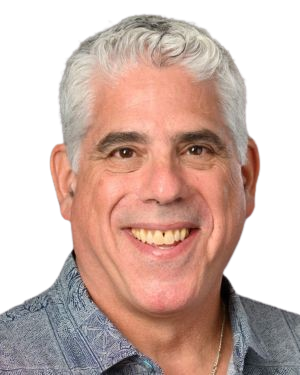
Derek BorisoffMonarch E&S Insurance Services
Monarch has always been ahead of the curve on technology implementing file imaging and launching an agency management system in 1994.
Borisoff’s coaching background as a volunteer water polo coach has lent itself to the core values in building a successful business. He has served on various boards and been a member of multiple insurance carrier agent advisory boards, including Advisory Councils for Scottsdale, Nautilus, and Burlington to strengthen the relationships with carrier partners.
He says, “What’s been most rewarding has been watching our many great people grow, succeed, and prosper in their respective positions. We have multiple leaders who have emerged from within the organization and are doing a fantastic job.”
Moving with the times
Technology has revolutionized both the underwriting and claims sides, and the changes in how cases are tried. That and the value of exposure are what Blasio counts as the biggest changes during his career.
“When I started, if you had a million-dollar verdict in the professional lines, particularly in healthcare, that was noteworthy,” he shares. “Today, if you settle a case for a million dollars, you feel you’re doing well. Exposures today are significant, and that’s why the emphasis on how claims are managed has never been more important.”
Marking out the highlight of his journey, Blasio points to joining Gallagher in 2001 when global revenue was around $650 million and seeing it grow to $9.9 billion by 2023.
He says, “I may be one of only a handful of people that are still at Gallagher from 2001 to today, and I would say I’m proudest of being part of the Gallagher organization and seeing how that has grown.”
And he stresses the biggest validation has been earning industry-wide notoriety for excellence. “I’ve seen something grown from zero to where we are today, and having what I believe to be a reputation in the industry that’s beyond reproach for both client retention and service level.”
The immediacy of internal communication is light years away from Borisoff’s early days.
“Technology and on-camera meetings must be the most significant changes, both of which are so very important. When I first started in this industry, we transmitted business to London via Telex, which had to be keyed in, and this was before fax machines,” he says.
Harnessing tech has also enabled Monarch to be more efficient by creating connections across their national locations.
“As we continue our significant growth, on-camera meetings with people in our various offices are paramount. We can accomplish so much more on a daily basis. Technology to assist in the best user experience for our retail broker customers is key to our success,” adds Borisoff.
This trend toward tech has also changed how Siebert operates. She recalls the days of swapping hard-wired phones for the 12-inch brick cellphones of the ‘80s.
“We also went from telexes to faxes and now we’re scanning material. Technology has changed things; it’s made us more efficient and elevates your position. There are some things you need to do that now AI can help with, and it all enables you to get to the next part of the claims process.”
However, for Siebert, it’s not about replacing the human element of insurance but making it even more vital.
“It’s not going to eliminate your job. Technology means you can take the time to be empathetic and care about the person on the other side of that phone who’s suffering a loss. They don’t want to talk to a robot,” she says.
This is underlined by the introduction of new jobs in the industry. Back when Siebert started, there was no such thing as data scientists.
“I would have asked, ‘What’s a data scientist?’ When people started talking years ago about big data or [the] Internet of Things, we didn’t fully understand what that was,” she comments. “Fast forward to 2024 and people understand the impact and power of technology, but the people who use that data and add their own experiences over the decades get optimal results.”
Innovation is one of Lupica’s calling cards as he challenges his leadership to think creatively. This has led to two impactful initiatives at Westchester:
-
Consolidated distribution strategy removed underperforming/inefficient relationships from distribution (reducing trading outposts by over 40 percent) while deepening relationships, building stronger franchise value for trading partners, improving profitability outcomes, and fast-tracking production (+60 percent).
-
Digitization consolidated underwriting platforms migrating to a single system, allowing for quicker and more effective IT deployment and more accurate data, improved workflows on broker-facing systems, expanded APIs, and digital distribution methodologies, and launched ingestion and generative AI efforts for the company.
Lupica comments, “The wholesale market is dynamic and requires you to stay current with the marketplace. You have to adapt while maintaining consistency. This is one of the things I love about working at an organization like Westchester, A Chubb Company – we’re agile while offering a familiar brand and suite of product.”
Fleet has witnessed many new ways for employers to deliver in their industry niche.
“A lot more are going self-funded and buying medical stop loss, and markets are growing at a fast pace. For us, it’s about coming up with new innovative products that help employers manage risk and the cost of their healthcare,” says Lupica.
In 1994, he was at the forefront of technology creating the nation’s first Employer Group Waiver Plans (EGWP). Before, if an endorsement came from an association, thousands of mailings would be sent with the hope that a reply card would come back, but response rates were very low at around 0.5 percent.
“With the platform, we included email links and access to our call center. It seems so normal now, but then it was groundbreaking. It was much more efficient, cost effective, and response rates were high.”
And he adds, “The premiums were significantly less for employers because there were subsidies involved and it’s also better financially for a government agency to offer EGWP rather than a retiree drug subsidy.”
Paying it forward
In the fledgling period of their careers, the Hall of Fame inductees tapped into older colleagues’ experience to navigate the industry. Now in their own ‘golden years,’ they’re creating pathways for the next generation and moulding future generations of industry leaders.
“These professionals have served as mentors, which means a lot in this insurance community,” shares Chopra.
Cohen echoes his view, saying, “We looked for those that not only always worked on making themselves better but also making those around them better. True mentorship matters.”
For Fleet, the next generation is crucial and it’s why he’s such a strong advocate for Amwins University, the firm’s development program for young people.
“One of the things the industry is missing, particularly on the benefit side, is there used to group schools where you’d go to work for an insurance carrier and learn the business. No one invests that money anymore, but we feel it’s important for us to do and give back to the industry,” he explains.
It’s deemed so crucial by Lupica that he places more importance on being a mentor than anything else across his nearly four decades in the industry.
“I love to watch ‘kids’ develop into executives. It’s not my legacy – it’s the legacy of the people that I’ve developed and brought into the industry. Only time will tell exactly how that story unfolds, but I know that my legacy will be magnified not solely by my own actions but the actions of others that I’ve challenged, coached, mentored, and sponsored along the way,” he says.
Testament to this, Lupica created Westchester’s business development team of more than 20 individuals. The team is now one of the largest in the wholesale channel and responsible for the company’s sales and production functions. This team has grown to include both an inside and outside sales division, as well as managing distribution, marketing, communications, and events on behalf of the company.
A passion of Lupica’s is recruiting and developing talent. With deep ties to his alma mater, Hobart and William Smith Colleges, he has hired and mentored over 30 graduates.
One of those he has guided says, “He is an active and impactful mentor, regularly mentoring a wide range of individuals at various points in their career. He expects the same from his leadership team and provides regular encouragement and opportunity for his leaders to do the same. For individuals deserving of the nod, he is an unequivocal sponsor – creating space at his table, extending network connections, and sharing the stories and names of those deserving individuals in rooms where they may not otherwise have a place.”
Siebert’s passion has kept her at the forefront of insurance for decades, using it to inspire younger colleagues and give back to the community.
“I’ve sat in different seats throughout the industry, and what is consistent over the years is the need to continue to teach the next generation, to learn from each other, to be mentors and give back to the community,” she notes.
“We have to show the new generation how to help people in terrible situations, sometimes with fatalities. It’s about being empathetic and compassionate with families and getting them to a point in their lives where they can resume normal activities.”
As a woman, Siebert has made efforts and opened doors to help others succeed. She says, “I have always been lifting other women up. I was always supporting the communities, even when I was the president of the small company, and eventually became the CEO, we created T-shirts for everybody about supporting the communities in which we live and work.”
This advocacy continued at Gallagher Bassett, where there is also a drive to give back to communities in which they are based.
“We need to continue to build legacies,” comments Siebert. “At this point in my life, I want to leave that legacy too, for other women and for other people who may not feel like they’ve been part of an inclusive community.”
Blasio strives to mentor and help others thrive in the insurance sector. He was part of the Gallagher Bassett executive committee that endorsed GB’s first diversity, equity, and inclusion (DE&I) initiative, Include@GB, a member-driven group dedicated to raising awareness about DE&I in the workplace.
“There’s more of a focus on work-life quality than there was when I started. I try to hire people who are smarter than me and let them work their level of capabilities because that benefits the organization,” he says.
While it became difficult in a more virtual environment to take younger professionals under his wing, Blasio makes an effort to impart his wisdom.
“I really try to develop engagement within our team. All our professional staff have a weekly Zoom meeting where we vet cases that have significant exposure. People learn from it as they see how cases are evaluated, [how results are achieved], and how things can go wrong,” he says.
What it takes to be in IBA’s Hall of Fame
Siebert counts the pinnacle of her career as landing the Lifetime Achievement Award winner from the Claims and Litigation Management (CLM) Alliance. It was acknowledgment from the CLM community of lawyers, chief claim officers, adjusters, service providers, and different parts of the industry.
“I am still in shock and excited because it’s recognition of my technical skills in different capacities. They only pick one person each year and that was just an amazing testament.”
Passing on advice to any younger colleagues eager to replicate her success, she says, “Roll up your sleeves. Spend a day with people doing the work so you understand what they’re dealing with. The best ideas for improvement can come from those who are on the front lines handling that job and those responsibilities.”
Blasio also shares the mindset that understanding the job’s details are key. He says, “Think about the day-to-day. If you start out thinking about accolades you’re going to miss, if you concentrate on the basics, the accolades will take care of themselves down the road. I would tell them to keep your eye on the ball and work hard.”
And for Blasio, it’s a great time to be part of the insurance sector. He is relishing the change in how some firms operate, including his own.
“What we need to do is position and think of ourselves as risk management consultants to the industry and help clients reduce their overall cost of risk. I mean more than just financial, it’s also reputational in the lines that I handle. That’s a very exciting career path for people.”
Siebert likens star performers, like the 2024 Hall of Famers, to ducks gliding on the surface of the water.
“The great claims adjusters, great attorneys, and service providers, we’re all ducks. We’re paddling like crazy trying to help that person who’s in a terrible situation. While we’re letting it roll off our backs, they might be upset and we’re trying to keep everybody calm and continue to take them through the process to get them to a point in their lives where they can resume their normal activities, or as close to it as possible.”
Whereas for Lupica, being “not afraid to ask questions” is one of the reasons for his rise. “I have the ability to build strong teams around me and to seek knowledge,” he adds.
The Insurance Business Hall of Fame
- Dino Robusto
Chairman and CEO
CNA Insurance - Jack Kuhn
President
Westfield Specialty - Julie Vogele
Senior Technical Underwriting Specialist
Tokio Marine America - Kathy Quintana
Executive Vice President, Chief Operating Officer, HUB California
HUB International - Mario Greco
Group Chief Executive Officer
Zurich Insurance - Rusty Reid
Chairman and CEO
Higginbotham - Stan Galanski
Chief Executive Officer
G58 Capital - Tim Sweeney
President and Chief Executive Officer
Liberty Mutual Insurance
Insights
-
Akhil Chopra
Managing Director, Cyber Brokerage Leader Cyber and Technology Practice
Lockton Companies -
Robert Cohen
Chairman and CEO
IMA Financial Group
Methodology
Starting in July, Insurance Business America invited insurance professionals from across the country to nominate standout industry veterans for the eighth annual Hall of Fame. This year’s class was selected by an independent advisory panel of industry leaders and previous Hall of Fame honorees, including:
-
Akhil Chopra, Lockton Companies – West Series
-
Robert Cohen, IMA Financial Group
-
Jared Dubrowsky, NFP
-
Nadia N. Hoyte, USI Insurance Services
-
Deborah Babcock, Katie School of Insurance and Risk Management at Illinois State University
Nominees had to have been in the industry for at least 35 years. The panel considered each nominee’s history of distinguished service to the insurance profession, the leadership and inspiration they provided to others in the sector, their role in guiding future generations of entrepreneurs and business leaders, their contributions to the leadership and direction of industry associations, and any visionary strategies and innovations that have made an outstanding contribution to the industry as a whole.
Keep up with the latest news and events
Join our mailing list, it’s free!

